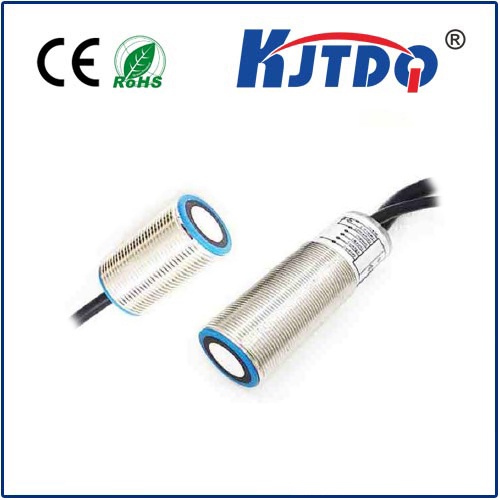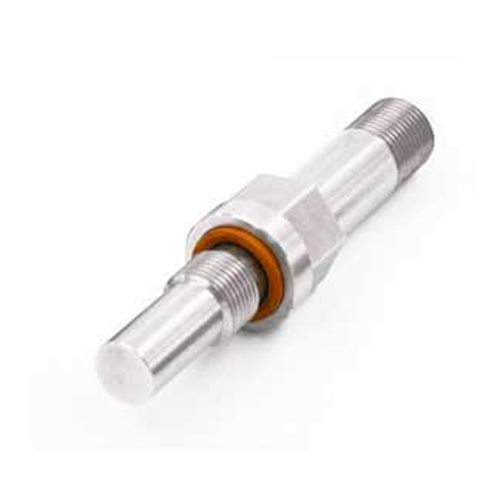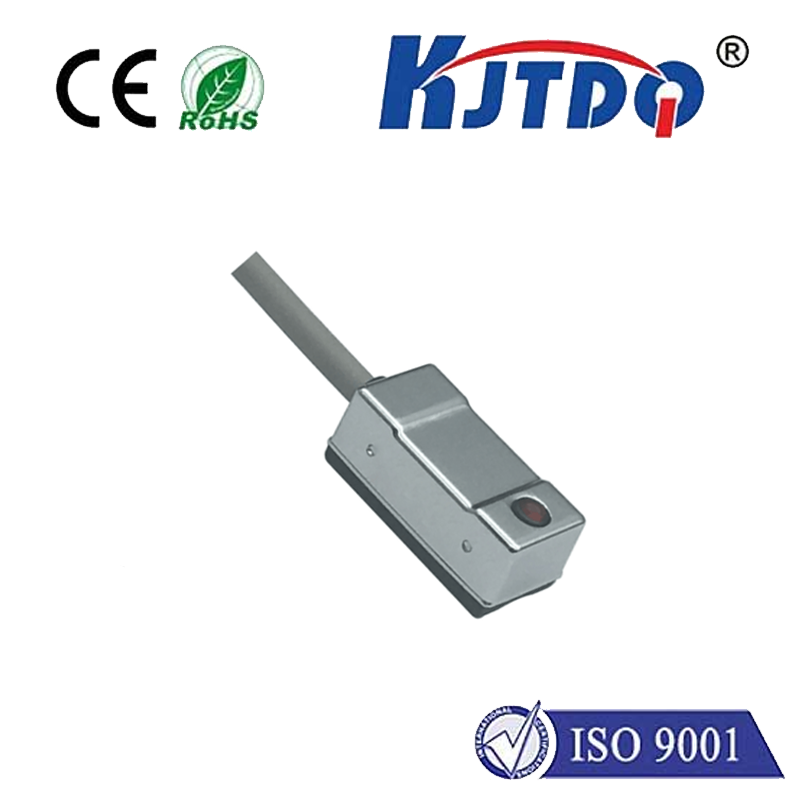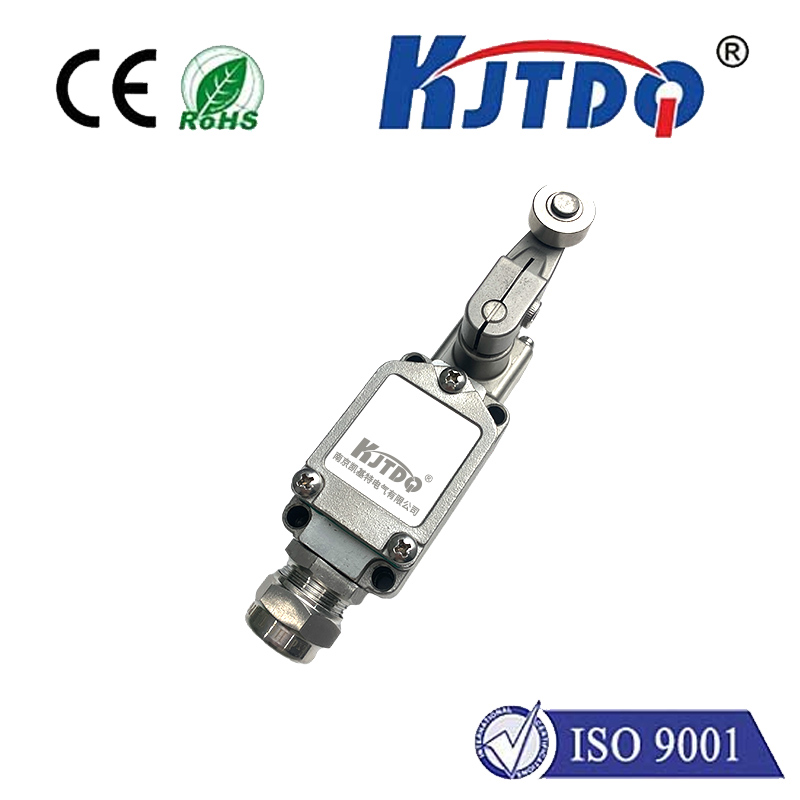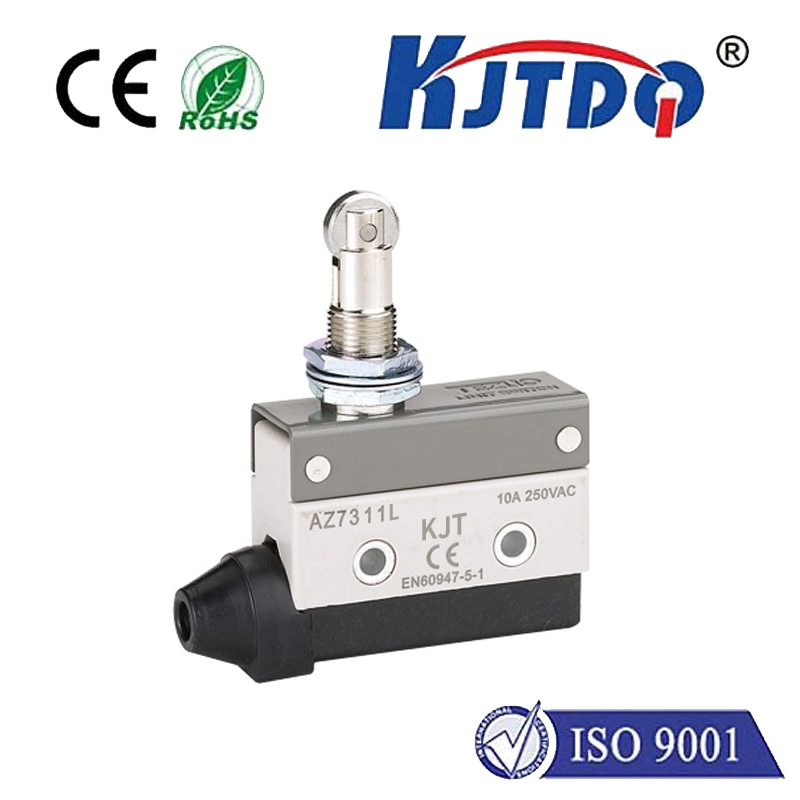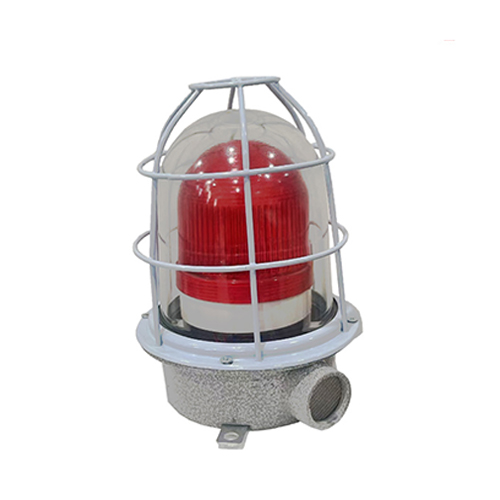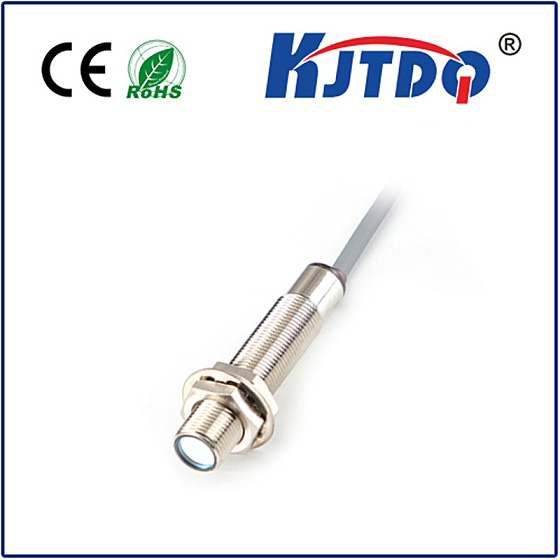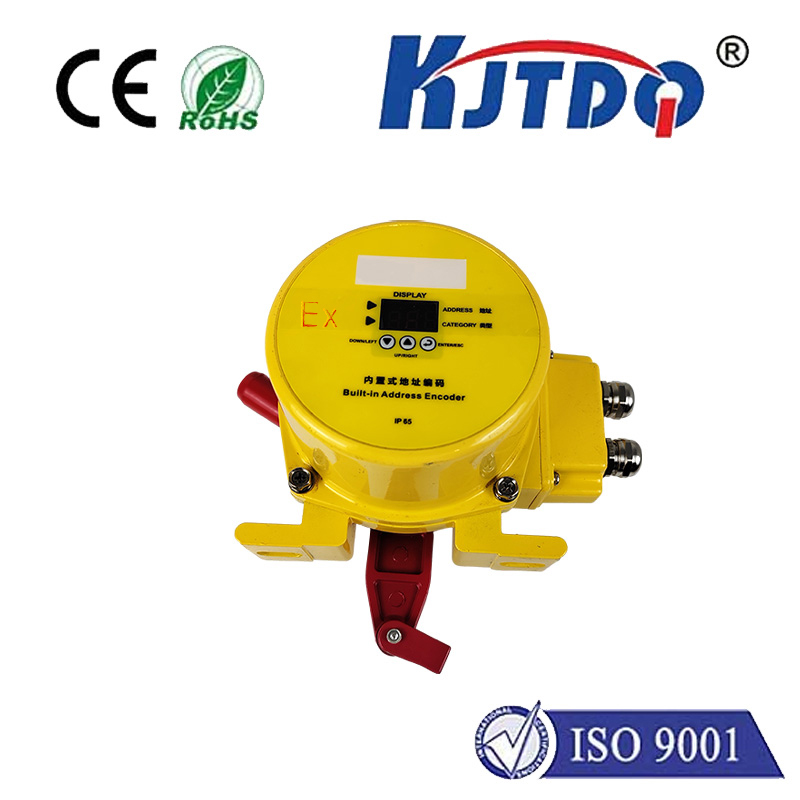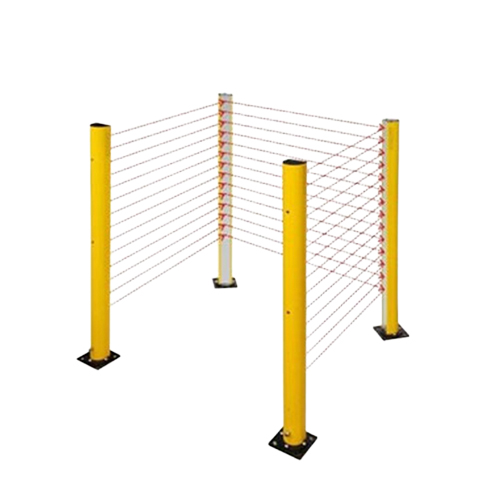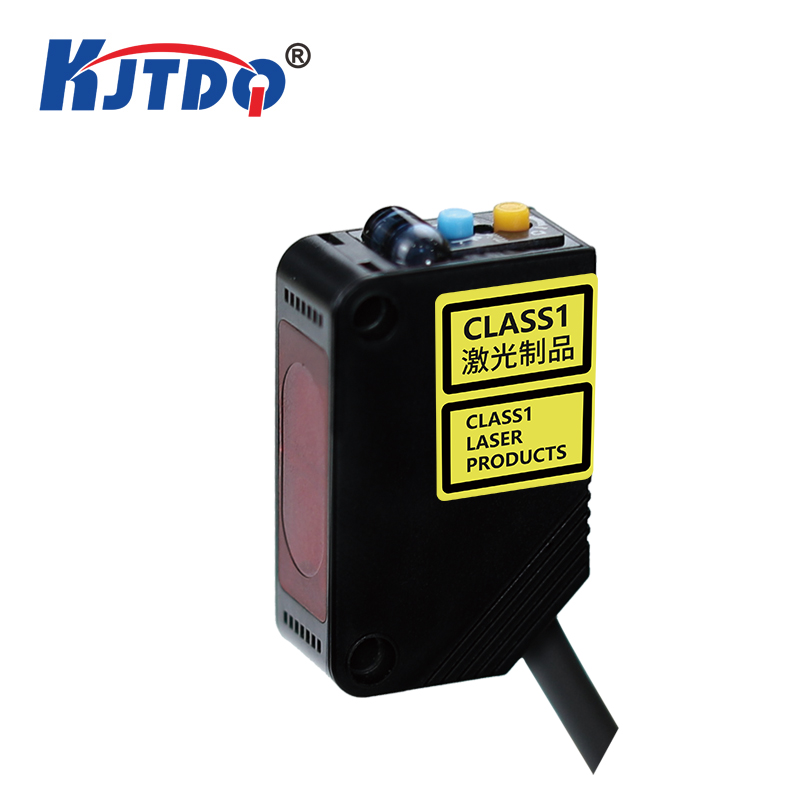36tx16 limit switch
- time:2025-08-01 08:43:42
- Click:0
What is a 36TX16 Limit Switch? Your Guide to Reliable Position Sensing
In the intricate dance of industrial machinery, where precision and reliability are non-negotiable, countless unassuming components perform critical roles. Among these unsung heroes, the limit switch stands as a fundamental pillar of automation and safety. And when it comes to robust, dependable position sensing, the 36TX16 limit switch often emerges as a preferred choice across diverse demanding environments. But what exactly makes this specific model tick, and why is it so widely trusted?
At its core, a limit switch is a simple yet vital electromechanical device. Its primary function is to detect the presence or absence, or the specific position or travel limit of an object. It achieves this through physical contact: when a moving part (like a machine guard, conveyor belt, or robotic arm) actuates the switch’s operating head (lever, plunger, roller), it triggers an internal mechanism. This mechanism rapidly changes the state of its electrical contacts – opening or closing a circuit – sending a clear signal to the machine’s control system. This signal might command the machine to stop, start, reverse direction, activate a sequence, or indicate a specific status. Position sensing with such switches is fundamental for safety interlocks, cycle control, and sequencing.
The 36TX16 designation isn’t arbitrary; it refers to a specific family within a larger catalog, most commonly associated with Honeywell’s MICRO SWITCH™ series, renowned for their durability and performance. Decoding the model number provides insights:

- “36”: Typically denotes the housing size. A 36-size housing usually signifies a robust, compact enclosure designed for industrial environments, offering good physical protection for the internal switch components.
- “TX”: This generally indicates the type of operating head. “TX” often corresponds to a Top Plunger, Roller Lever configuration. This means the switch features a lever arm with a roller tip at its end, mounted vertically on top of the switch body. The roller reduces friction during actuation, enhancing longevity, while the lever provides mechanical advantage for easier operation and precise positioning.
- “16”: This suffix usually specifies the internal switch mechanism configuration, including the contact arrangement (e.g., single-pole double-throw - SPDT, double-pole double-throw - DPDT) and the electrical rating (voltage and current capacity).
Therefore, a 36TX16 limit switch is characterized by:
- Sturdy 36-Size Housing: Designed for resilience against shock, vibration, dust, and moisture typical on factory floors or mobile equipment.
- Roller Lever Actuation: The TX-style lever with roller provides reliable, low-friction contact for objects moving in a plane parallel to the switch base. The roller helps prevent damage to the lever or the actuating object.
- Specific Contact Configuration: The “16” suffix implies a particular electrical setup – often a SPDT (Form C) contact arrangement. This provides versatility: one common terminal, one Normally Open (NO) contact, and one Normally Closed (NC) contact. This allows the switch to either complete a circuit when actuated (using NO) or break a circuit when actuated (using NC), crucial for safety interlocks and control logic.
- Robust Electrical Ratings: These switches typically handle significant industrial currents (e.g., 10A, 15A) at common AC/DC voltages (120VAC, 240VAC, 28VDC), making them suitable for directly controlling motors, solenoids, or signaling PLCs.
Where is the 36TX16 Limit Switch Used?
The 36TX16 limit switch finds its niche wherever reliable position sensing is needed in robust settings:
- Material Handling: Detecting pallet positions on conveyors, end-of-track limits on cranes and hoists, gate/door status (open/closed) on loading docks or automated systems.
- Packaging Machinery: Confirming case or carton presence for filling and sealing, detecting film wrap positions, ensuring robotic arm end-of-stroke.
- Industrial Automation: Defining travel limits for robotic arms, confirming workpiece clamping or fixture positioning in CNC machines or assembly lines.
- Agricultural and Construction Equipment: Monitoring positions of booms, buckets, shovels, or access panels, providing safety interlocks.
- HVAC Systems: Verifying damper positions or filter access doors.
- General Machinery: Safeguarding against over-travel on linear actuators, presses, and any equipment with moving parts requiring precise start/stop points.
Why Choose a 36TX16? Key Advantages
Several factors contribute to the enduring popularity of the 36TX16 limit switch:
- Proven Durability: The heavy-duty housing and robust internal design are built to withstand the harsh realities of industrial use – impact, vibration, dirt, and temperature variations.
- High Reliability: Precise mechanical actuation and quality contacts ensure consistent electrical signaling over millions of cycles, minimizing downtime.
- Mechanical Simplicity: Unlike purely electronic sensors, mechanical limit switches are often less susceptible to interference from electrical noise, dust buildup (within reason), or environmental factors like steam or spray. They provide a straightforward, easily understood signal.
- Versatile Mounting: The 36-size housing features standardized mounting holes and dimensions, often compatible with a wide range of brackets and actuators available in the market, simplifying integration.
- Clear Physical Indication: The lever’s position provides a direct, visible cue about the switch’s state (actuated or not), aiding in troubleshooting.
- Cost-Effectiveness: For applications requiring physical contact sensing, robust construction, and high-current handling, mechanical limit switches like the 36TX16 often offer a very competitive price/performance ratio compared to more complex sensing technologies.
Important Considerations for Implementation
While highly reliable, optimal performance of a 36TX16 limit switch depends on proper selection and installation:
- Operating Head Adjustment: The roller lever position often needs fine-tuning to ensure it’s engaged correctly by the target object. Misalignment can cause premature wear or failure to actuate.
- Actuating Force & Speed: Ensure the moving object applies enough force to reliably actuate the switch without causing damage, but avoid excessive force. Consider the speed of actuation.
- Environmental Protection: While robust, check the IP (Ingress Protection) rating. Standard models might be IP65 (dust-tight and protected against low-pressure water jets), but harsher environments may require higher ratings achieved through boots or seals.
- Electrical Load: Match the switch’s contact rating (voltage and current) precisely to the load it controls. Exceeding ratings drastically shortens contact life. For controlling large motors or solenoids, using a relay or contactor controlled by the switch is often recommended to handle the high inrush currents.
- Contact State Logic: Carefully plan whether the NO or NC contacts are needed for the specific control or safety function within the circuit.
- Backup/Safety: For critical safety applications (e.g., guarding), redundancy (multiple switches in series) and monitoring circuits are often mandated by standards.
The Enduring Value of a Mechanical Workhorse
In an era increasingly dominated by sophisticated electronics, the 36TX16 limit switch exemplifies the enduring value of well-engineered, robust mechanical design. Its ability to provide unambiguous position sensing signals under demanding conditions, handle substantial electrical loads directly, and offer straightforward installation and troubleshooting makes it an indispensable component. Understanding its specifications – the rugged 36 housing, the versatile TX roller lever actuation, and the specific 16 contact configuration – allows engineers






